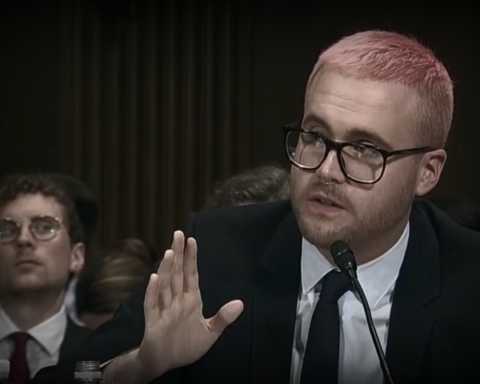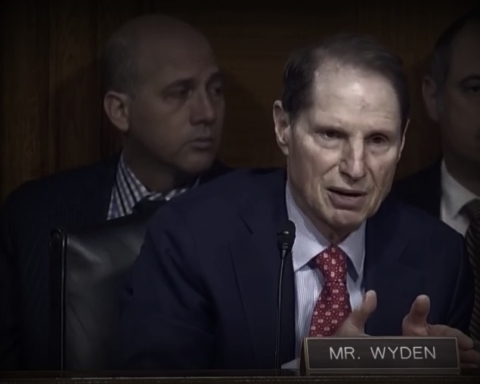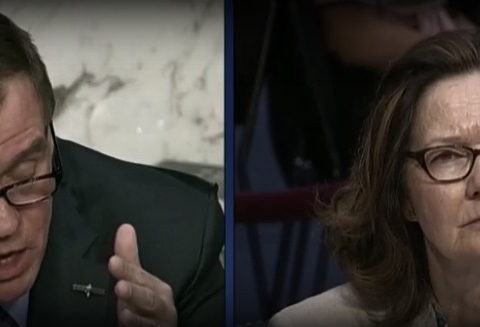An anti-narcotic tactic used by the Drug Enforcement Agency on two black women—one of them a Pentagon lawyer—triggered an internal investigation into the practice.
Used at train stations and airports to seize drugs and cash, “cold consent encounters” are being conducted without proper oversight or training, the Justice Department inspector general found. The weak checks on the tactic have raised internal concern that it could be used to violate civil rights.
“Because of the potential sensitivity of cold consent encounters and searches, effective oversight of their use is needed to ensure they are conducted appropriately,” the inspector general said in a report released Thursday. “However, we found that the DEA does not collect sufficient data on cold consent encounters to assess whether they are being conducted impartially or effectively.”
During such interdiction activities, agents will approach a traveler who may be acting in a suspicious manner–although suspicious behavior is not required to perform a cold encounter–and ask for consent to speak to the individual. If the agents determine it is warranted, they will ask for consent to conduct a search.
The two women who initiated the IG review with their complaints said they were “treated unfairly” and “subjected to aggressive and humiliating questioning by the agents.” DEA agents seized $8,000 from one of the women. The other, the Defense Department counsel, was traveling on official government business.
“These incidents raised concerns because the Department of Justice has noted that cold consent encounters are more often associated with racial profiling than law enforcement contacts based on previously acquired information,” said the IG, referring to findings of a 2003 survey of federal agencies.
The report concluded that that the agency can’t say if such activities are conducted in an “unbiased manner,” because no demographic information is collected. It also couldn’t determine if such cold consent encounters are effective.
The DEA “does not track which seizures came from cold consent encounters as opposed to other interdiction methods. Without this information, there is no way to assess the effectiveness of this tactic,” the IG found.
The report noted that previous studies of the tactic between 2000 and 2002, showed “substantially lower success rate than encounters based on previously acquired information.” Despite the low success rate, DEA agents used cold consent encounters to seize more than $163 million from travelers between 2009 and 2013. Roughly five percent of that, $8.3 million, was eventually returned back to the owners.
Overall, training for interdiction agents at airports and other travel facilities is inadequate, according to the IG, which found that only 29% of agents, and nearly half of all supervisors never took the appropriate preparatory courses before going out into the field. As a result, many agents were unaware of requirements to report all consent searches to the DEA within five working days.
The DEA defended cold consent encounters, stressing that permission is given by the target before searches are conducted.
The inspector general, however, found that agents often misrepresented themselves to travelers. In one instance, agents approached a passenger in the gate area after they had passed through TSA screening. The individual was told the encounter was part of a “secondary inspection.”
“We find this troubling because the traveler encountered may reasonably interpret this to mean that they are required to consent to the encounter and/or a search when that is not the case,” the IG concluded.
The DEA responded by saying that future training will notify agents that using the guise of “secondary inspection” is inappropriate.
The inspector general issued a number of other recommendations to the agency, including developing a way to record demographic information to avoid racially profiling passengers. The agency was also called on to collect more information to determine the effectiveness of cold consent encounters, and to require all agents to attend proper training.
The DEA concurred with all the recommendations.
In December last year, the Department of Justice issued new guidelines in an attempt to crackdown on racial profiling by federal agents. As The Sentinel reported, however, the guidelines are riddled with loopholes and don’t “apply to interdiction activities in the vicinity of the border, or to protective, inspection, or screening activities.”
The use of a similar tactic to cold consent encounters, “stop and frisk,” which didn’t require officers to ask for consent, has been significantly reduced on the streets of New York City after it was revealed that the tactic disproportionately targets minorities.
In 2013, a US District Court judge ruled the practice was unconstitutional.
Read the full DOJ IG report on cold consent encounters here.






